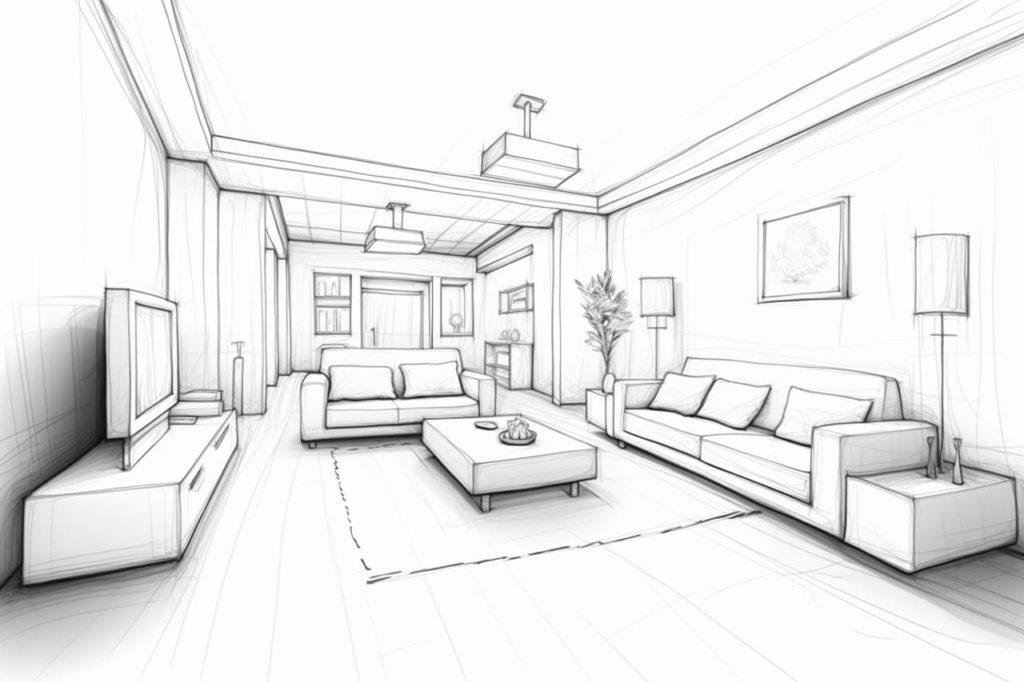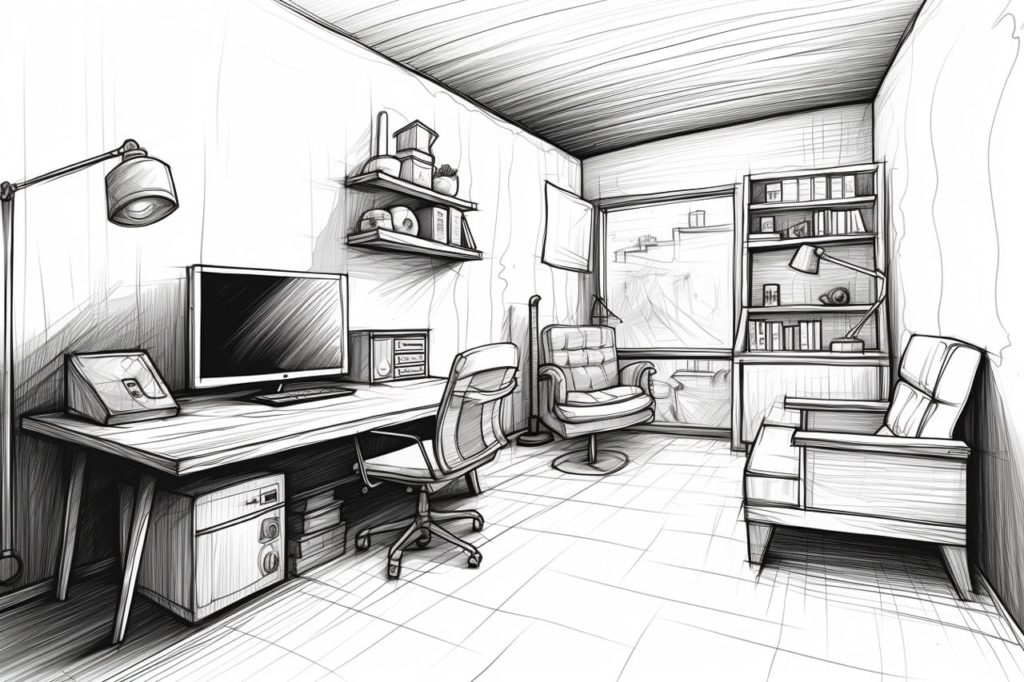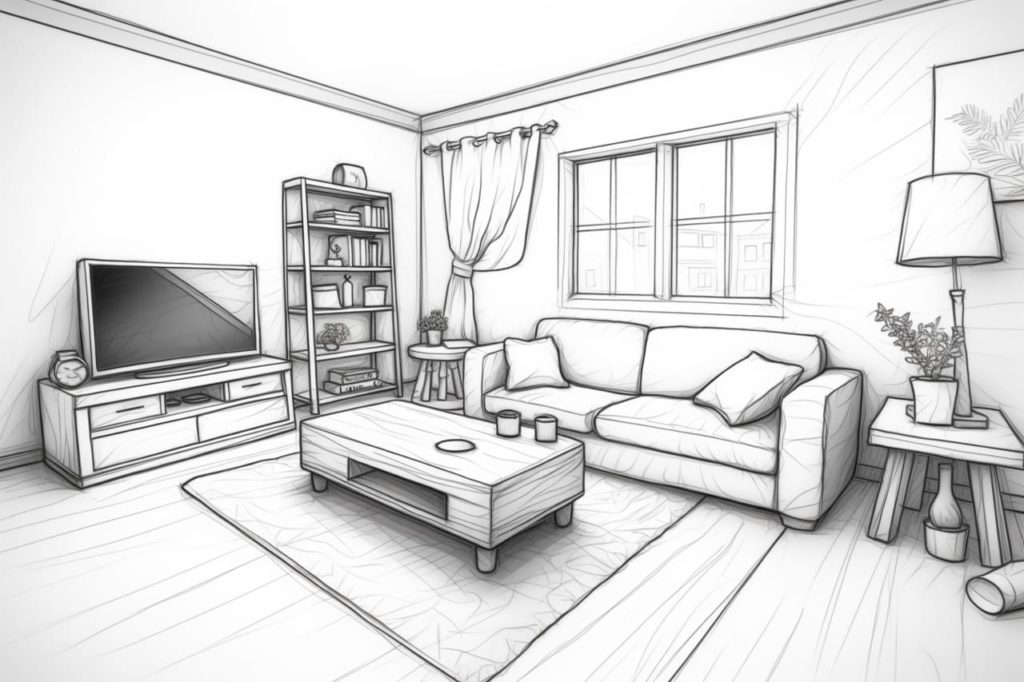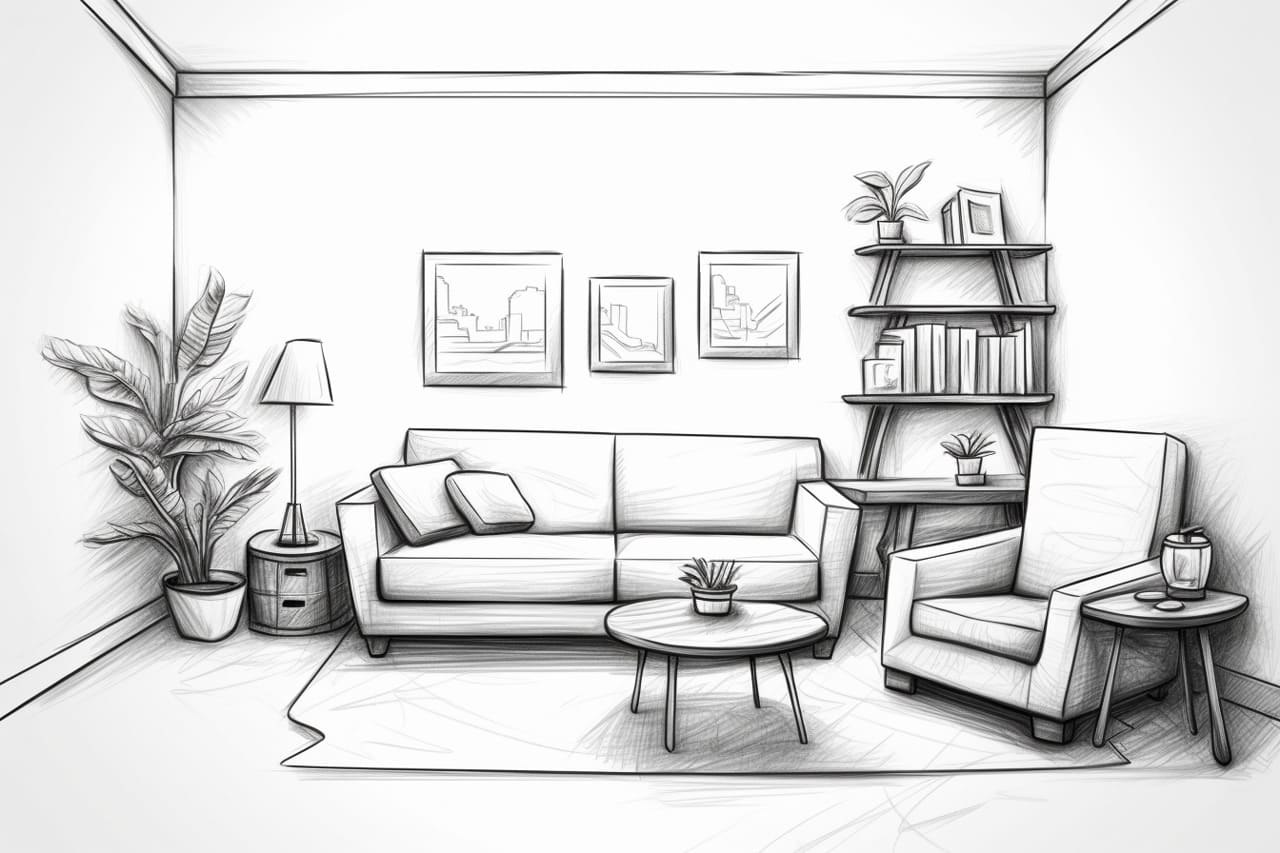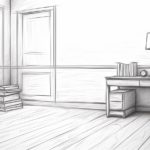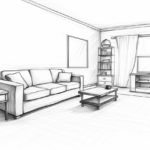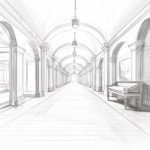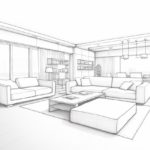Welcome to this step-by-step guide on how to draw a 3D room! Whether you are an aspiring artist or simply looking for a fun and creative activity, drawing a 3D room can be a rewarding experience. In this tutorial, we will walk you through the process of creating a realistic, three-dimensional room using simple techniques. So grab your pencils, erasers, and paper, and let’s get started!
Materials Required
Before we begin, gather the following materials:
- Paper: Choose a suitable paper size, preferably larger than 8.5 x 11 inches, to allow enough space for your drawing.
- Pencils: Use a range of graphite pencils with different lead weights, such as HB, 2B, 4B, and 6B, to achieve varying shades and tones.
- Erasers: Have both a kneaded eraser and a regular eraser on hand. The kneaded eraser works well for lifting graphite and creating highlights, while the regular eraser is useful for correcting mistakes.
- Ruler: A straight ruler will help you achieve straight lines and maintain proper proportions.
- Optional: Colored pencils or markers can be used to add a pop of color to your drawing, but they are not required for the basic 3D room sketch.
Now that you have your materials ready, let’s dive into the step-by-step process of drawing a 3D room.
Step 1: Start with Basic Shapes
Begin by lightly sketching the basic shapes that will form the foundation of your room. Start with a large rectangle in the center of your paper, representing the back wall of the room. This rectangle will be the vanishing point for your perspective drawing.
Next, draw two smaller rectangles on each side of the back wall, representing the side walls. These rectangles should taper inward slightly to create the illusion of depth. Finally, draw a rectangle at the bottom, connecting the side walls, to depict the floor.
Step 2: Add Depth with Vanishing Point
Now, it’s time to add depth to your 3D room by creating a vanishing point. This point will serve as the focal point from which all lines will converge to create the illusion of perspective.
To find the vanishing point, draw a dot in the center of your back wall rectangle. Then, using your ruler, draw converging lines from the corners of the side walls to the vanishing point. These lines will guide you in creating the depth and angles of your room.
Step 3: Sketch the Ceiling and Horizon Line
With the vanishing point established, draw a horizontal line across the paper, intersecting the vanishing point. This line represents the horizon and will serve as a reference for the position of objects within the room.
Next, draw a rectangle or shape above the back wall to represent the ceiling. Ensure that the lines of the ceiling converge towards the vanishing point, maintaining the perspective of the room.
Step 4: Outline the Details
Now that you have the basic structure of your room, it’s time to add details such as doors, windows, and furniture.
Using your ruler and the guidelines established by the converging lines, outline the position of doors and windows on the side walls. Remember to draw these elements in a way that follows the perspective of the room.
If you want to add furniture or other objects to your room, sketch their basic shapes using simple lines. Don’t worry about adding too many details at this stage; we will refine them in later steps.
Step 5: Refine the Details and Add Texture
Once you are satisfied with the overall composition of your room, start refining the details. Use darker pencils to add depth and shading to the walls, floor, and ceiling. Pay attention to the areas where light would hit and create highlights, as well as the shadows cast by objects.
To create texture, experiment with different pencil strokes. For example, you can use crosshatching or stippling techniques to suggest textures like brick walls or wooden floors.
Continue adding details to the furniture and objects in the room. Use darker tones and shadows to give them a three-dimensional appearance.
Step 6: Bring Your Room to Life with Color (Optional)
If you want to take your drawing to the next level, consider adding color to your 3D room. Use colored pencils or markers to fill in the walls, floor, furniture, and objects with appropriate hues. Remember to consider the lighting and shadows when selecting colors to maintain the realism of your drawing.
Conclusion
Congratulations on completing your 3D room drawing! By following these step-by-step instructions, you have learned how to create a realistic and visually captivating room on paper. Remember to practice and experiment with different perspectives and room layouts to further develop your artistic skills.
Now that you have the basics, you can apply these techniques to create more complex 3D scenes and designs. So, grab your pencils and keep exploring the world of 3D drawing!
Gallery of 3D Room Drawings
